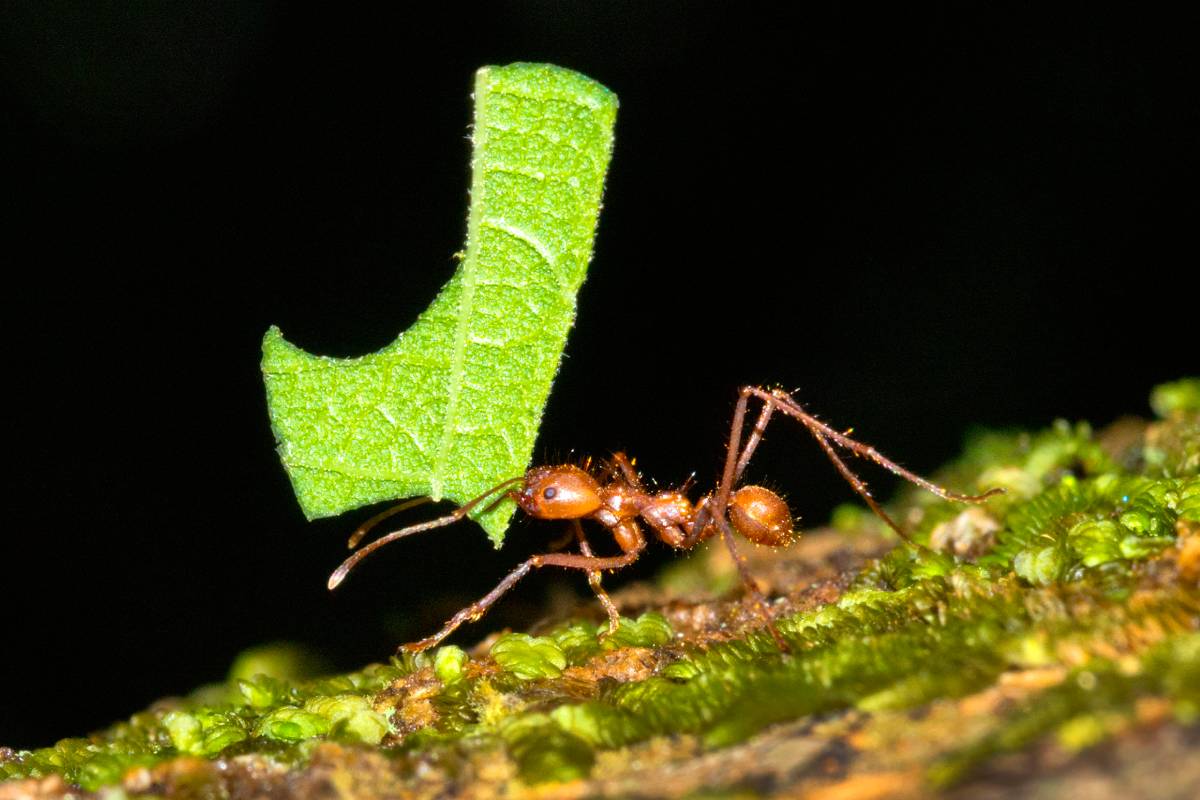Deep in the heart of the Amazon rainforest, life teems in every direction in the trees, the soil, and even beneath fallen leaves. Among its most industrious and fascinating inhabitants are ants, tiny creatures that shape the ecosystem in enormous ways. From the leafcutter ants that farm fungus to the fearless bullet ants whose sting is said to be one of the most painful experiences in the animal kingdom, these insects dominate nearly every layer of the jungle. But what kinds of ants actually live in the Amazon? Why are they so abundant in rainforests? And just how painful is a bullet ant bite? Let’s explore the secret world of Amazonian ants, nature’s tireless engineers and warriors of the forest.
Are ants in the rainforest?
Yes, in astonishing numbers. Rainforests like the Amazon are ant paradises. Ants occupy nearly every ecological niche there: the forest floor, leaf litter, rotten logs, tree trunks, the canopy, and even inside living plants. Some estimates for tropical forests suggest that ants make up a substantial fraction of animal biomass and animal species richness. They are among the dominant insects in terms of abundance and ecological influence.
Why are ants so successful in the rainforest?
- Stable, warm, humid climate — perfect for insect life and year-round activity.
- High structural complexity — many microhabitats (leaf litter, soil, tree cavities, epiphytes) support different ant species.
- Abundant resources — constant supply of plant sap, nectar, other insects, and decomposing material.
- Complex mutualisms — ants form partnerships with plants, fungi, and other insects (e.g., trophobionts like aphids and scale insects that provide honeydew).
In short, ants are both ubiquitous and ecologically essential in the Amazon.
What kinds of ants are in the Amazon?
The Amazon hosts hundreds, likely thousands, of ant species. Below are some of the best-known and ecologically important groups you’ll encounter:
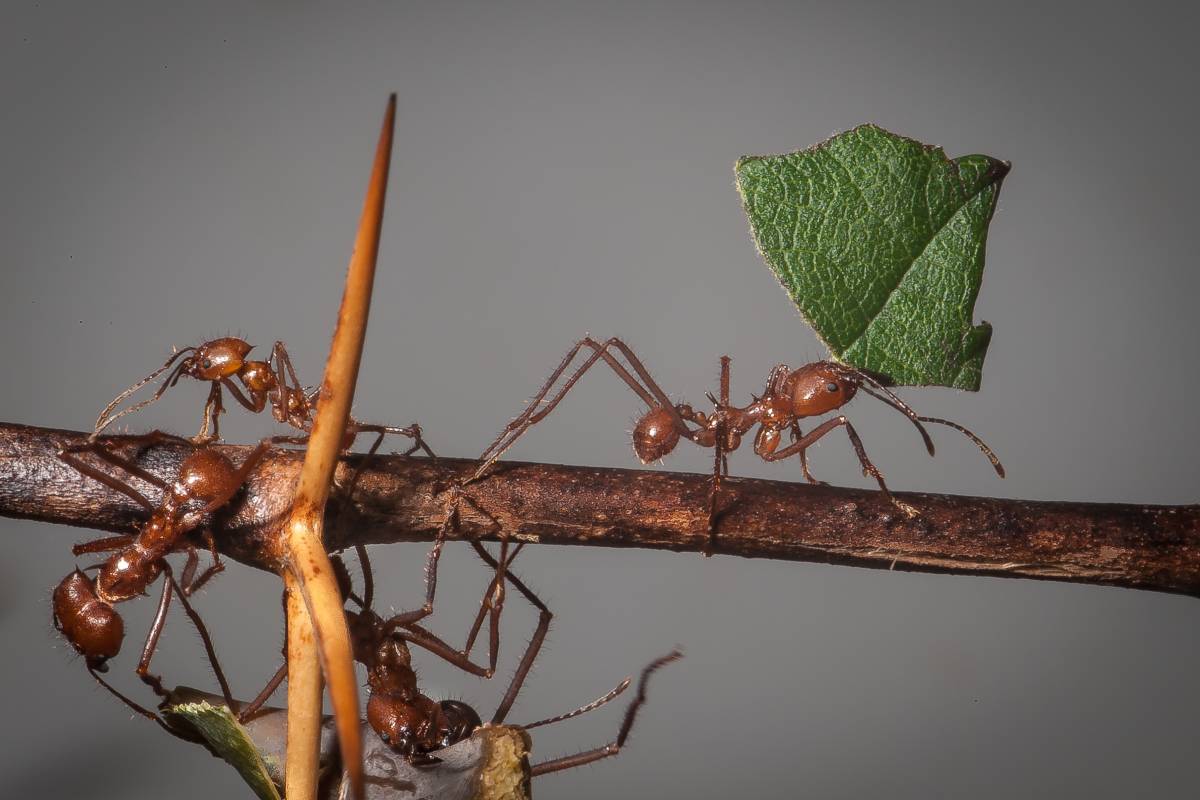
Leafcutter ants (genera Atta and Acromyrmex)
Leafcutter ants are iconic tropical ants. They cut neat semicircles out of leaves, carry that green material back to enormous underground fungus gardens and grow a specialised fungus which is their food. Colonies can be massive with millions of workers, and their foraging trails and cleared areas are obvious landscape features. Leafcutters are major herbivores and ecosystem engineers: they recycle plant material and influence plant community structure.

Army ants (e.g., Eciton and Labidus)
Army ants are nomadic predators famous for their dramatic swarm raids. Large columns of tens of thousands sweep through leaf litter and understory, hunting other insects, spiders, and small animals. Their raids are spectacular and shape the rainforest’s food web: many birds and reptiles follow army ant swarms to catch escaping prey. Even a snake might slither away from an advancing army ant column, proof that size doesn’t always guarantee safety in the jungle.

Bullet ant (Paraponera clavata)
The bullet ant is one of the Amazon’s most notorious species because of its sting. It’s a large, slow-moving, powerful ant of the understory and lower canopy. We’ll cover the bite/sting pain and effects in detail below.

Trap-jaw ants (Odontomachus and relatives)
These ants have remarkable mandibles that snap shut at astounding speeds to catch prey or fling themselves away from predators. They’re quick, aggressive hunters in the understory and leaf litter.

Turtle ants (Cephalotes)
Cephalotes are arboreal ants with flattened, armoured bodies and often highly modified heads that can plug nest entrances. They live in tree cavities and forage in the canopy, sometimes gliding if they fall.
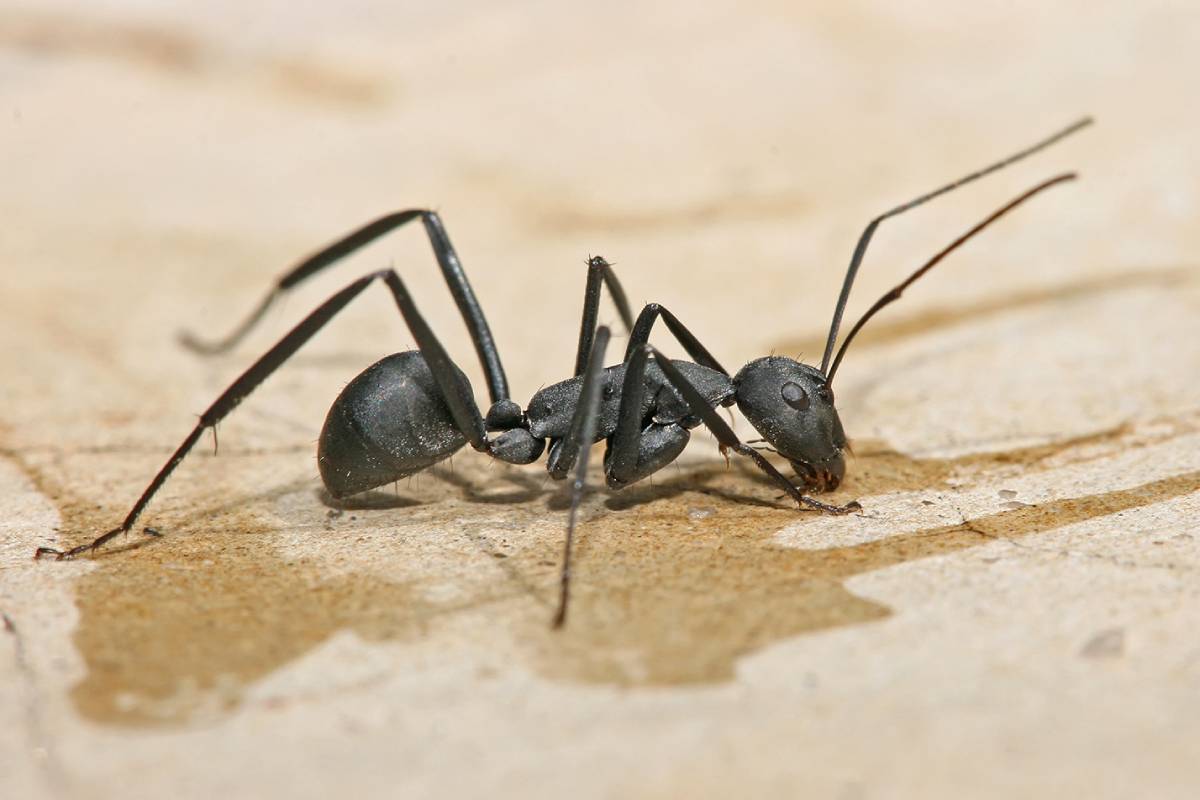
Camponotus (carpenter ants) and Pheidole (big-headed ants)
These widespread genera are abundant in tropical forests. Camponotus species often nest in wood or plant stems; Pheidole species have soldier castes with enlarged heads used for defence and food processing.
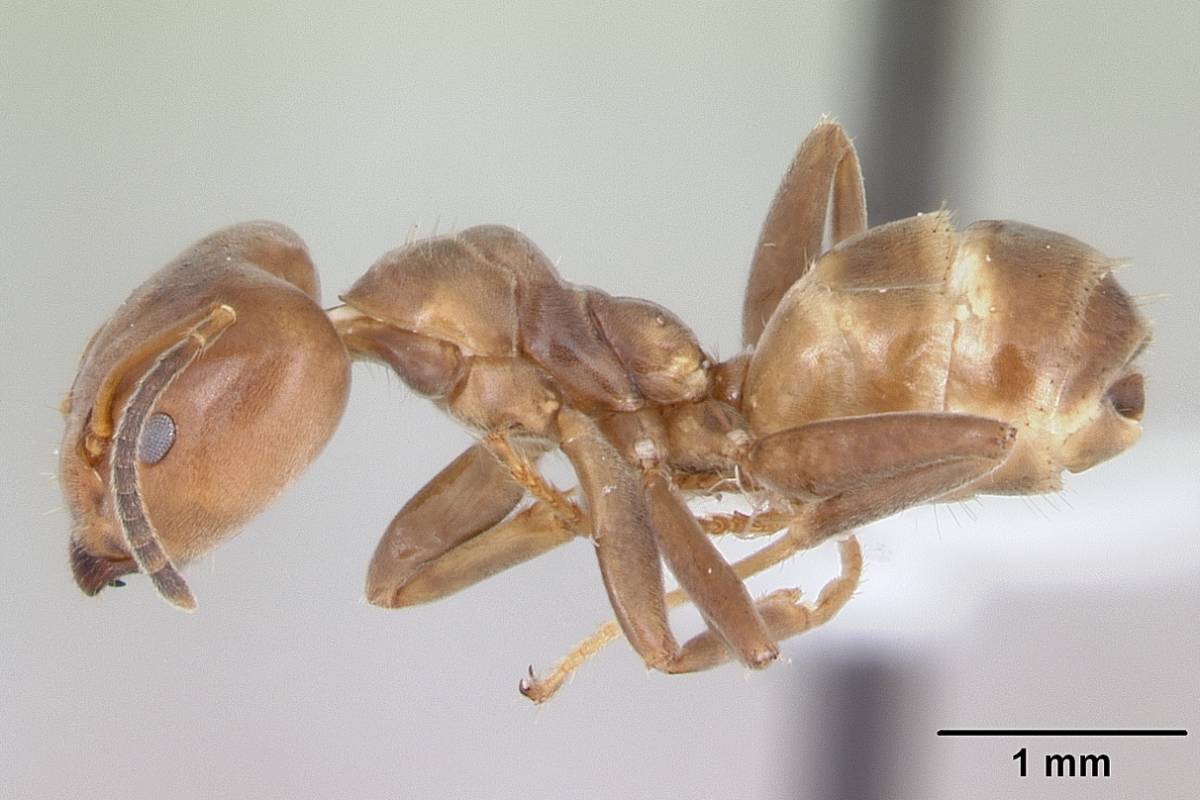
Azteca ants (and plant mutualists)
Some ants, especially Azteca species, live in tight mutualisms with trees like Cecropia. The tree provides domatia (hollow stems) and food bodies; the ants defend the tree from herbivores and competing plants. These partnerships are classic examples of co-evolution in the Amazon.

Solenopsis (fire ants) and other stinging ants
Various small, aggressive stinging ants occur in the Amazon. Their bites or stings can be painful, and they often defend nests vigorously.
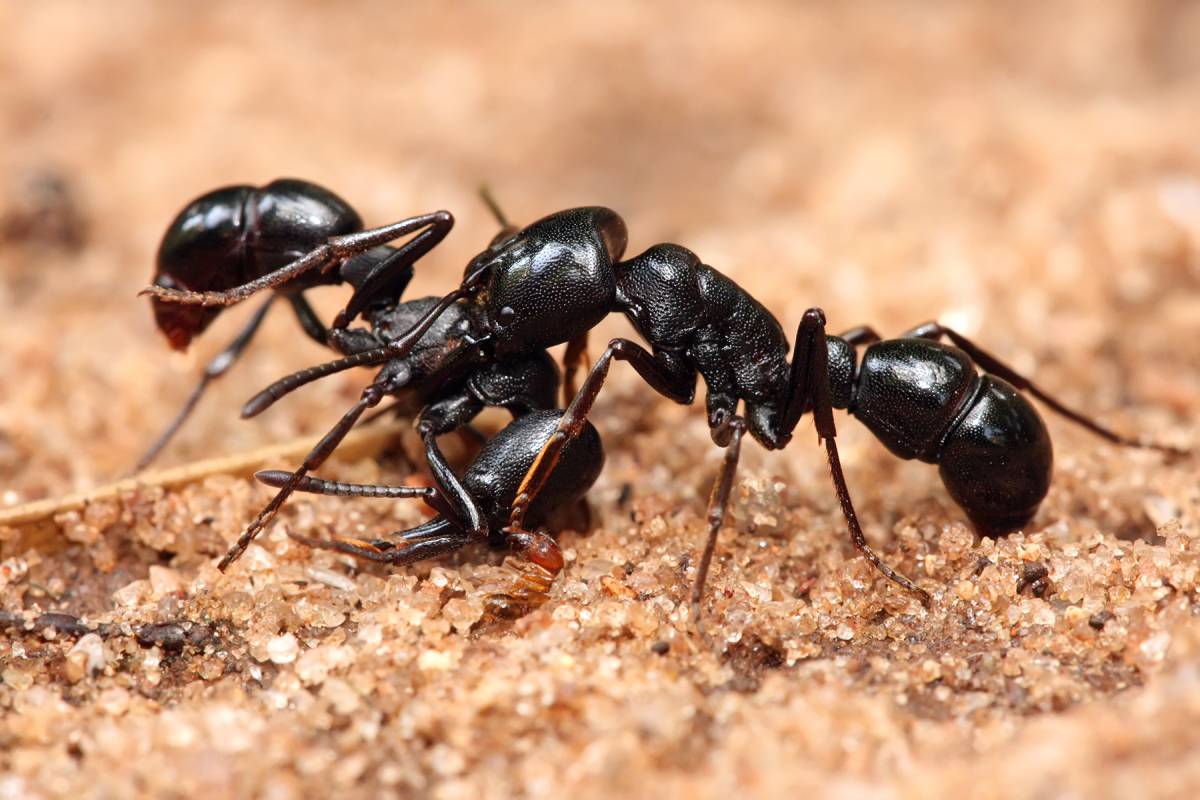
Ponerine ants and specialist predators
Members of the subfamily Ponerinae are often predatory, with strong stings and specialised hunting behaviours. Paraponera (bullet ant) belongs to this broad grouping of powerful predatory ants.
This list is far from exhaustive. The Amazon’s ant fauna is hyperdiverse: for every common genus listed here, there are dozens of lesser-known species with unique life histories.
Ecological roles — why ants matter in the Amazon
Ants are more than just abundant; they are ecosystem engineers and keystone species:
- Decomposers and recyclers: Many ants break down dead plant and animal matter, speeding nutrient cycling.
- Seed dispersers: Some plants rely on ants to move seeds to safe sites (myrmecochory).
- Soil engineers: Extensive tunnelling and nest-building improve soil aeration and water infiltration.
- Predators and population controllers: Ants prey on many invertebrates and influence insect community structure.
- Mutualists: Ants farm fungi (leafcutters), tend sap-sucking insects for honeydew, and defend host plants against herbivores.
Because of these roles, changes in ant communities can cascade through rainforest ecosystems.

How painful is a bullet ant bite (sting)?
The bullet ant (Paraponera clavata) is famous for having one of the most painful stings among insects. The sting delivers a powerful neurotoxic venom. Pain intensity and subjective descriptions vary from person to person, but consistently, the sting ranks at or near the end of insect-pain scales.
Common descriptions reported by naturalists and entomologists include:
- Immediate, excruciating pain — often described as pure, intense, burning pain.
- Metaphors people use: “walking across hot coals with a nail in my foot,” “pure, brilliant pain,” or “comparable to being shot” — hence the common name “bullet ant.”
- Duration: The severe pain often peaks quickly and remains intense for many hours. Residual discomfort, throbbing, or local swelling can last 24 hours or longer. Some accounts report significant pain for 12–24 hours.
- Systemic effects: Nausea, shaking, sweating, and temporary localised paralysis or weakness have been reported in some cases. Severe allergic reactions are possible but uncommon.
Scientifically, the bullet ant is often placed at the top tier of sting pain indices used by entomologists (e.g., the Schmidt Sting Pain Index rates a few insect stings on a 0–4 scale; bullet ants are at the end). The venom is not usually fatal to a healthy adult, but it is intensely painful and distressing and can cause medical issues in sensitive individuals.

First aid and safety around stinging ants
If someone is stung by a bullet ant or a similar stinging species, basic first aid steps include:
- Move away from the nest or attacking ants to avoid additional stings.
- Clean the area with soap and water to reduce infection risk.
- Cold compress — apply a cool pack to reduce pain and swelling (avoid direct ice on skin).
- Pain relief — over-the-counter analgesics such as acetaminophen or ibuprofen can help.
- Antihistamines may reduce itching and mild allergic responses.
- Seek medical attention if there are signs of a severe allergic reaction: difficulty breathing, swelling of the face or throat, fast pulse, dizziness, or loss of consciousness. Also seek care if pain or systemic symptoms are severe or prolonged.
Note: Remove stingers only if visible and embedded (ants sometimes leave no barbed stinger behind, like bees do). The bullet ant injects venom via a stinger; unlike bees, the stinger usually does not remain attached. These are general guidelines for serious reactions; consult a medical professional immediately.
How to avoid painful encounters in the Amazon
- Stay on trails and avoid stepping on logs, leaf litter piles or ant columns.
- Wear protective clothing — long pants, closed boots, and gaiters can reduce the chance of stings.
- Be cautious around disturbed soil and tree holes — many ants nest in soil mounds, rotten logs, or tree cavities.
- Don’t handle unknown ants — many small ants can bite or sting if provoked.
- Learn to recognise large workers and columns — army ant swarms and leafcutter trails are visible; avoid them.
Respecting ants’ space is the best way to enjoy the rainforest without becoming their target.
Final thoughts
The Amazon’s ants are a microcosm of what makes the rainforest extraordinary: diversity, specialisation, complex interactions and ecological power concentrated into tiny bodies. From the industrious fungus gardens of leafcutters to the terrifyingly painful sting of the bullet ant, ants shape the Amazon’s structure and function.
If you visit the rainforest, expect to see ants everywhere and appreciate them for the crucial roles they play. But also treat them with healthy respect: some species (like the bullet ant) can deliver a sting you won’t forget. The lesson from the leafcutter trails and army ant swarms is simple: in the Amazon, small creatures do big work.

